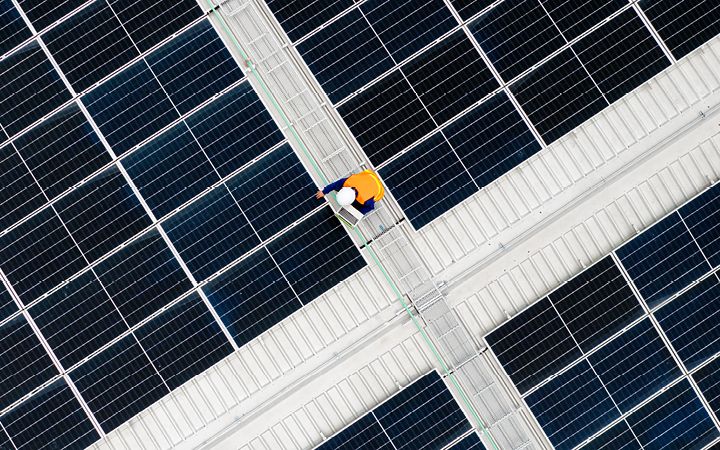
7 key factors to a successful cold climate heat pump program
Following the aggressive 2050 emissions targets set out in the Paris Climate Accords, countries and corporations alike have taken a renewed interest in cold climate heat pumps. The technology is meeting the moment: Cold climate heat pumps have advanced significantly over the past decade and are well-positioned to play a critical role in retrofitting buildings for a low-carbon future. Today’s generation of heat pumps delivers higher performance coefficients than their predecessors while simultaneously maintaining lower building temperatures across the board. Not only are today’s heat pumps improving performance and capacity at low temperatures, but they’re also providing better turndown ratios than previous generations. Multi-speed and variable speed setting functions mean these pumps can cover high-speed heating loads in winter and low-speed loads in summer (to avoid humidity and mold issues).
While cold climate heat pump technology is uniquely suited to meet emissions goals, it presents a host of technical and market challenges, as all developing technologies inevitably do. Heat pump technology still faces some barriers. The pumps are still climate-sensitive and may not fare as well in extreme environments (or ones dominated by cooling load, which is how heat pumps are usually sized and sold). So then, which factors do organizations need to prioritize when designing cold climate heat pump programs?
7 vital aspects of cold climate heat pump technology to consider

Economic and environmental costs are two particularly thorny challenges to any cold climate heat pump endeavor. The societal objective of carbon reduction often runs up against what is economically best for average consumers. Balancing environmental best practices with customers’ enlightened self-interest can be particularly challenging when it comes to fossil fuels like natural gas, which have a relatively small price tag for the consumer but still contribute to the overall amount of carbon dioxide in the atmosphere. The benefits for the individual consumer are acute, whereas the environmental cost is diffuse.
To stay competitive with other technologies, cold climate heat pump programs often need compromises or incentives built into them. For instance, programs that combine cold climate heat pump technology with standard electrical energy measures like weatherization and insulation can increase overall program efficiency and keep the technology competitive.
Bringing cold climate heat pumps to New York State
A strong ally network is vital to determining the viability of any next-generation technology. Realistically, only a seasoned partner can provide the sort of network that can identify and exploit market gaps and so best position technologies like cold climate heat pumps to succeed.
New York State’s experience with programs offering heat pump incentives began in the Central Hudson region in 2012. The state’s hands-on experience displacing room AC and fossil-fuel heating with mini-split systems led in 2019 to the evolution of a Central Hudson Gas & Electric Carbon Reduction Program featuring a new generation of cold climate heat pumps.
A different contract between Con Edison and the state of New York in 2017 featured mini-split heat pumps and outlined the NYS Clean Heat program. Our contributions to these projects led to contracts with Avangrid, Orange & Rockland, and National Grid—making us the initial contractor for all joint utilities co-implementing the NYS Clean Heat program.
The technology is here. Providers can execute cold climate heat pump programs with efficiency and a steady hand. But a heat pump program’s success depends heavily on choosing the correct partner. A partner with the right leverage, allies, and network can help heat pump program pioneers evolve both their technology and their organization to meet the needs of the moment and step confidently into a low-carbon future.
